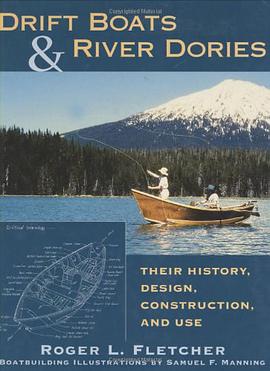

具体描述
A compelling analysis of stadium history, exploring the intersection of civic leadership, sporting institutions, and media coverage to reveal cultural attitudes that transcend sport. Stadium construction has altered the physical landscape of many major metropolitan areas throughout North America and has had a profound psychological and economic impact on these urban centers. How athletic facilities have been constructed, from the ritual-centered beginning of stadium construction in ancient Greece to large-scale construction of professional sports facilities in present day global centers, reveals a culture’s values and priorities and how it defines its recreational needs. With in-depth analysis and research, Robert C. Trumpbour examines the political institutions, commercial entities, civic leadership, and media organizations that influenced new stadium construction. The author analyzes three significant recent historical periods: the Progressive Era, when modern fireproof stadiums were first built; the late 1960s and early 1970s, when multipurpose stadiums were built in downtown areas to promote urban redevelopment; and the late 1990s, when retro ballparks were designed to accommodate commercial and entertainment space. Charting this evolution, Trumpbour convincingly argues that there has been a dramatic shift in the role of the media, with media access emerging as a vital element in setting the ground rules for the stadium construction debate. Written in lucid, jargon-free prose, this book combines a detailed history of stadium construction with an analysis of current stadium issues.
作者简介
目录信息
读后感
评分
评分
评分
评分
用户评价
相关图书
本站所有内容均为互联网搜索引擎提供的公开搜索信息,本站不存储任何数据与内容,任何内容与数据均与本站无关,如有需要请联系相关搜索引擎包括但不限于百度,google,bing,sogou 等
© 2026 book.quotespace.org All Rights Reserved. 小美书屋 版权所有




















